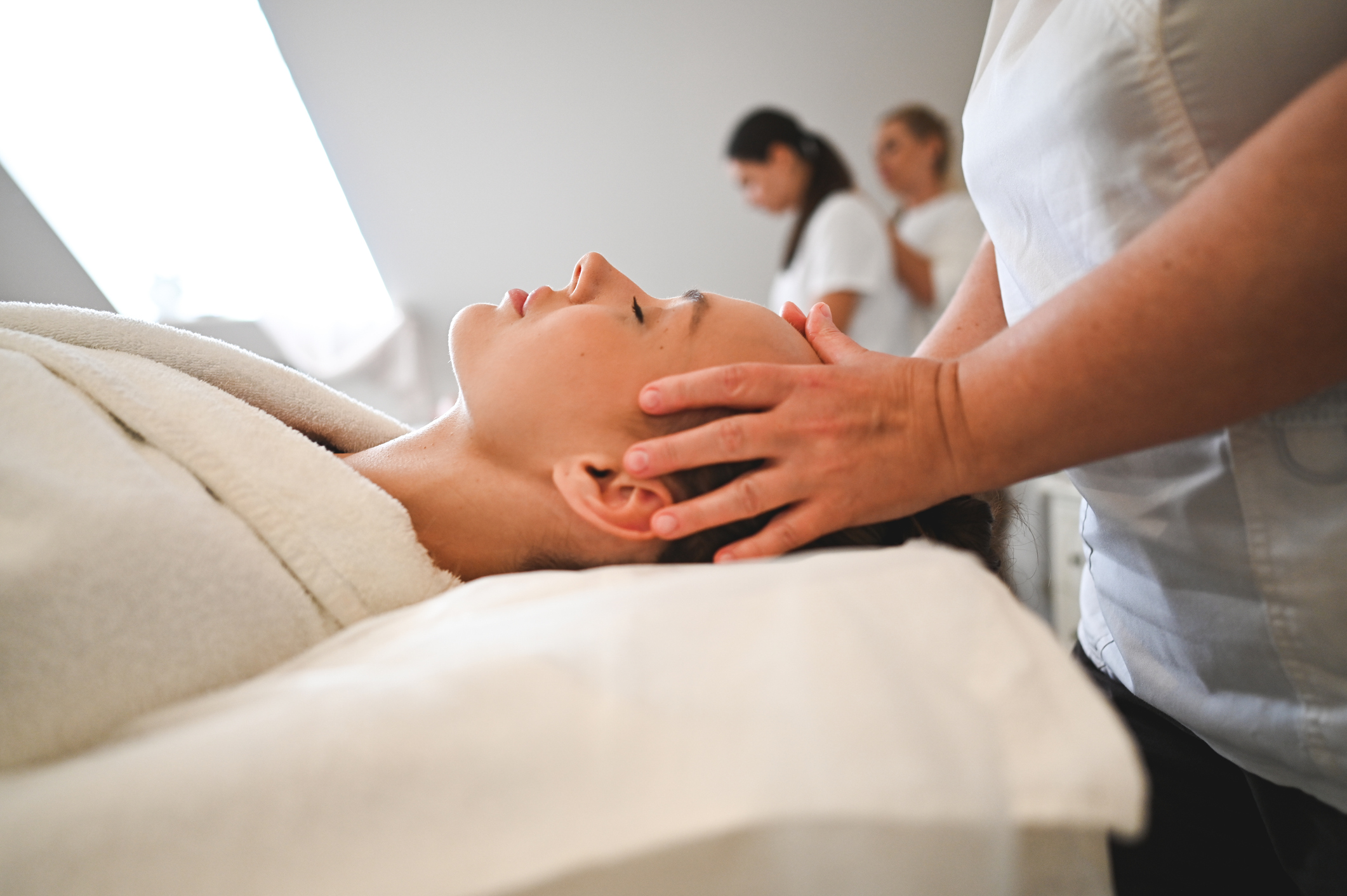
Carrying a backpack, whether for school, work, or travel, is a convenient way to transport belongings, but it can lead to neck and back pain if not done properly. Poor posture, incorrect weight distribution, and overloading are common issues that contribute to discomfort.
Upper cervical chiropractic care offers a proactive approach to preventing neck pain by promoting proper alignment and posture.
Dr. Joey Kramer of Hope Chiropractic in Southlake, Texas, provides valuable insights and tips for carrying a backpack comfortably, serving residents of Southlake, Grapevine, Colleyville, Westlake, and Trophy Club.
Understanding the Impact of Backpacks on Spinal Health
Backpacks, when improperly used, can have significant effects on your spine and overall posture:
- Common Issues: Neck pain, shoulder strain, back pain, and poor posture are frequent complaints associated with carrying heavy backpacks.
- Importance of Posture: Maintaining proper posture while wearing a backpack is crucial for avoiding unnecessary strain on the neck and spine.
How Upper Cervical Chiropractic Supports Backpack Use
Upper cervical chiropractic care focuses on the alignment of the upper spine, which plays a vital role in maintaining overall spinal health:
- Promoting Spinal Alignment: Regular chiropractic adjustments help ensure that your spine is correctly aligned, reducing the risk of pain and injury from carrying a backpack.
- Enhancing Nervous System Function: Proper spinal alignment supports optimal nervous system function, which can help your body respond better to physical stresses.
- Encouraging Good Posture: Chiropractic care can improve your posture, making it easier to carry a backpack without discomfort.
Practical Tips for Preventing Neck Pain While Carrying a Backpack

- Choose the Right Backpack: Select a backpack with padded shoulder straps and a supportive back panel. Ensure it fits snugly and comfortably against your back.
- Adjust Straps Properly: Keep shoulder straps adjusted to allow the backpack to rest close to your body, distributing weight evenly across your shoulders and back.
- Limit Weight: Avoid overloading your backpack. Aim to carry no more than 10-15% of your body weight to minimize strain.
- Use Both Shoulder Straps: Wearing both shoulder straps helps distribute the weight evenly and prevents one-sided strain.
- Pack Strategically: Place heavier items at the bottom and closer to your back to maintain better balance and posture.
- Take Breaks and Stretch: If carrying a backpack for long periods, take regular breaks to rest and stretch your shoulders and neck.
Integrating Chiropractic Care with Healthy Backpack Habits
For optimal spinal health, consider integrating chiropractic care with these practical backpack tips:
- Regular Chiropractic Check-Ups: Schedule routine visits to ensure your spine is aligned and address any posture issues that arise.
- Strengthening Exercises: Engage in exercises that strengthen the core, back, and shoulder muscles to support good posture.
- Mindful Posture: Practice mindfulness about your posture throughout the day, even when not carrying a backpack.
Hope Chiropractic: Your Partner in Spinal Health
At Hope Chiropractic, Dr. Joey Kramer and his team are committed to helping you maintain a healthy spine and prevent neck pain. By focusing on the alignment of the upper cervical spine, we aim to support your overall well-being and enhance your quality of life.
If you’re experiencing neck pain or discomfort from carrying a backpack, consider the benefits of upper cervical chiropractic care.
Contact Dr. Joey Kramer at Hope Chiropractic, serving Southlake, Grapevine, Colleyville, Westlake, and Trophy Club, to discover how our specialized approach can help you achieve optimal spinal health.


